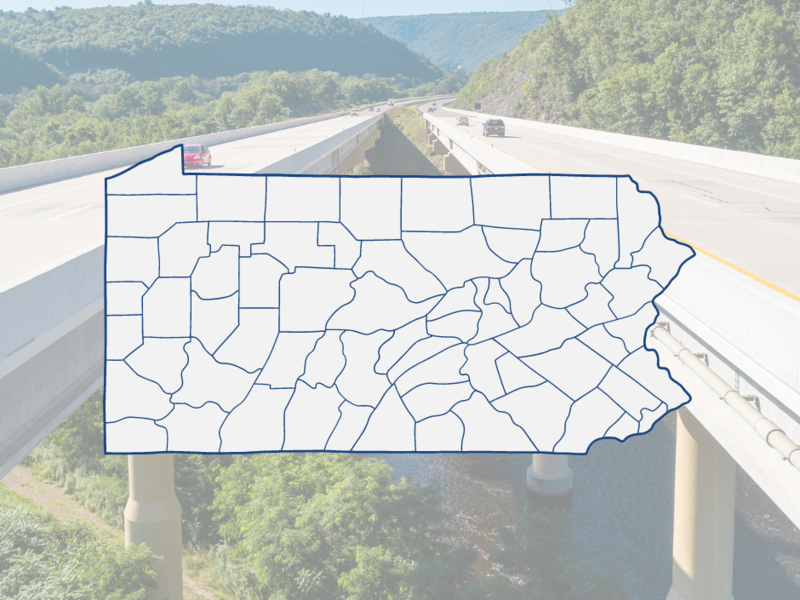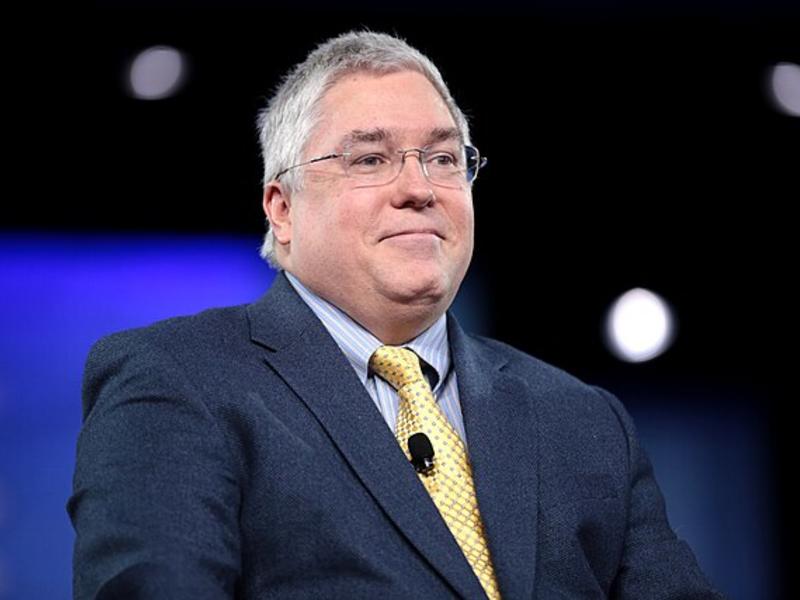
For much of 2017 and early 2018, GOP consultants of a certain age would tell us that this election had the same look, feel and smell of 2006; the last time Republicans had a terrible midterm election. The President was unpopular, the Democrats were motivated and GOP members were retiring rather than opting to run for re-election in what was shaping up to be an awful, no good, terrible year.
Today, however, there are plenty of signs that 2018 isn’t like 2006. For, one, Trump’s job approval rating in the Gallup survey is 45 percent, eight points higher than the dismal 37 percent where George W. Bush was sitting at this point in 2006.
Gallup also found that satisfaction with the direction of the country at a 12-year high. A marked improvement from 2006. “After a January 2006 reading of 36%,” writes Gallup’s Jim Norman, “satisfaction failed to surpass 35% the rest of that year, and with the economic calamities that followed over the next few years, it descended into single digits in two 2008 polls and has subsequently stayed mostly below 30%.”
Much of the growth in satisfaction, not surprisingly, is coming from Republicans. But, independent voters are also more optimistic than they were earlier this year.
The same is true with perceptions about the economy. I talk a lot about the politics of the economy with Jay Campbell, a Democratic pollster with Hart Research, who also does a lot of survey work for CNBC. When I asked him about rising optimism about the state of the economy he told me that it’s more a reflection of partisanship than anything else. “Republicans have made up their mind that the economy is great — because of Trump,” he wrote. “Democrats have made up their mind that it’s not that great — because of Trump.” To be sure, he noted, “the good economy is buoying the Republican Party right now … [b]ut I have not yet seen anything that would tell me that the economy is going to earn them all that many votes in November that they wouldn’t already be getting.”
Still, that unified support among Republicans is critical. Trump, the unorthodox and unpredictable leader of their party, has stronger job approval rating among Republicans today than President George W. Bush, a longtime stalwart of the party, had at this point in June 2006 (87 percent to 81 percent).
Data from the most recent Pew Research poll also found evidence of a more energized and unified GOP base than we saw back in 2006.
According to Pew data, in June 2006, about one-third of Republicans (33 percent) said their vote in the upcoming midterm was a vote FOR the president. This year, a little over half (52 percent) of Republicans said the same.
Meanwhile, about as many Democrats said their vote in June of 2006 was a vote against Bush (65 percent) as it is against Trump (61 percent) now.
In other words, Republicans are much more committed to showing support for Trump in 2018 than they were for Bush back in 2006.
Republicans are also more enthusiastic about voting this year than they were back in 2006. In the most recent Pew survey, when it comes to casting their ballot for Congress, Democrats have a narrow, five-point 'enthusiasm' advantage over Republicans. Among those who said they were supporting a Democrat for Congress, 55 percent said they were "more enthusiastic about voting than usual," compared to the fifty percent of those who support a Republican in Congress. But that’s a lot better than it was back in June of 2006, when the gap was 17 points. In June 2006, just 30 percent of those who said they were supporting a Republican candidate for Congress said they were "more enthusiastic about voting than usual," compared to 47 percent of those who were voting for a Democrat.
So, if this isn’t exactly 2006, what kind of election is it? I talked to one very smart Democrat the other day who sort of threw up his hands. Another longtime GOP strategist said she’s feeling more optimistic about the House than she has in a while, but is also not convinced that she should trust that optimism. Another Democratic strategist texted me the other day with the message: “I’m glad I don’t have your job.” The reason so many smart operatives feel unsteady in their predictions and observations is that they understand that so much about this election is driven by the perceptions and proclivities of one man: President Donald J. Trump. It is also a much more polarized country and electorate than it was 11 years ago.
Still, where Trump is today on job approval and support from the GOP base is a heck of a lot better than where he was back in the fall of 2017. And, it’s way better than where George W. Bush was in the summer of 2006. That, of course, is good news for Republicans. But, as we saw with Trump’s decision to double-down on the wildly unpopular family separation issue, he can just as easily and quickly squander those advantages.
Photo: Bush and Pelosi meeting after 2006 election | Credit: AP Photo/Pablo Martinez Monsivais










Subscribe Today
Our subscribers have first access to individual race pages for each House, Senate and Governors race, which will include race ratings (each race is rated on a seven-point scale) and a narrative analysis pertaining to that race.